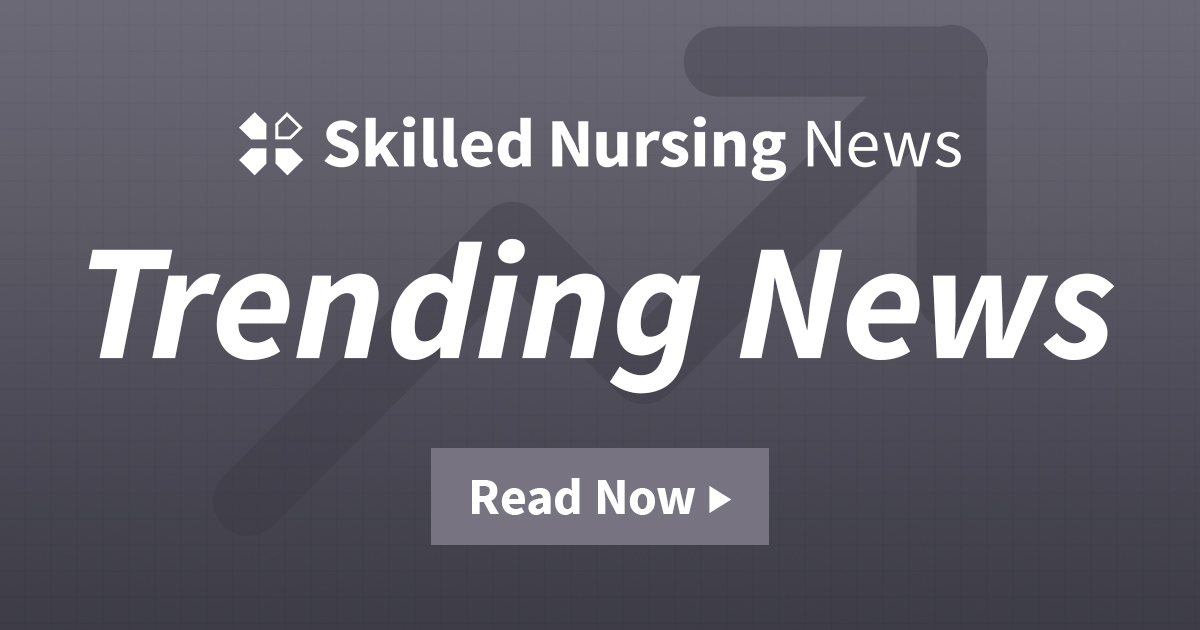[ad_1]
Many Medicare providers have complex business structures, masking ownership and control, according to a new report from the Medicare Payment Advisory Commission (MedPAC). This is a problem because the federal government registration or contracting process has not caught up.
In its June report to Congress, the committee examined the role of private equity (PE) in the Medicare program, based on a March 2020 request from the chair of the Ways and Means Committee. The report covered the role of PE investment in the nursing home, hospital and physician sectors.
PE companies own about 11% of nursing homes, according to the report. But that number – and the property estimates for the other two sectors – is likely low due to the lack of a single, comprehensive source of property information, MedPAC noted.
Private equity investment as a whole has grown over the decades, with particular growth in the healthcare industry, according to the report.
“One of the main reasons health care has become a focus for PE investment in the United States is the expected demand for services related to an aging population,” the authors wrote. “Prior to the current pandemic, the combination of stable and often growing demand for healthcare, the use of insurance and the importance of fee-for-service meant predictable cash flows for healthcare providers. health care. “
Additionally, the fragmented nature of various healthcare spaces and technological changes make the industry a target for funds capable of bundling vendors into larger trading entities, MedPAC said.
In 2020 and 2021, respondents to the Skilled Nursing News executive outlook survey predicted that private equity would be the dominant buyer of skilled nursing assets.
Results on the effects of PE ownership on financial and quality of care indicators are mixed for nursing homes, and “the research literature is somewhat dated,” the authors added.
The commission was asked to identify gaps in Medicare data and in the Centers for Medicare & Medicaid Services (CMS) change of ownership approval process (CHOW), gaps that would make it more difficult to identify investments. in PE.
MedPAC found that CMS generally did not use information from the Supplier Registration, Chain and Ownership System (PECOS) for program analysis or to research the prevalence of ownership types. Additionally, the group found, there is no centralized data source through which CMS can verify ownership details, which are typically self-reported.
“As a result, there have been long-standing issues with the accuracy and completeness of PECOS property data,” MedPAC wrote. “In many types of homeowners, healthcare providers and suppliers have changed the way they structure themselves in order to limit their legal liability. Vendors who have common ownership are now structured so that this ownership is not obvious. ”
In practice, this has seen an increasing number of nursing homes, hospitals and other providers restructure from one entity into multiple Single Purpose Entities (PES). This allows investors to pool their resources while limiting their liability, according to MedPAC.
“Based on our interviews with lawyers who advise PE investors, some stakeholders believe the CMS registration system shows a lack of understanding of how healthcare providers are structured today.” , wrote MedPAC. “For example, in the case of private equity funds, identifying all individuals with a stake of at least 5% would include limited partners such as pension funds and high net worth individuals, even if they are usually act as passive investors.
MedPAC noted that following some large nursing home bankruptcies in recent years, some state governments, such as Kansas and Ohio, have made changes to licensing and ownership requirements. nursing homes that require more disclosure.
But the effects of these changes remain unknown, MedPAC said.
[ad_2]

